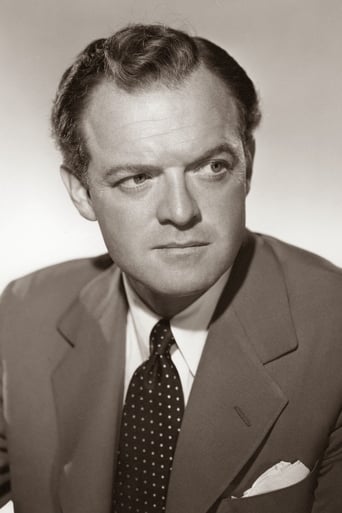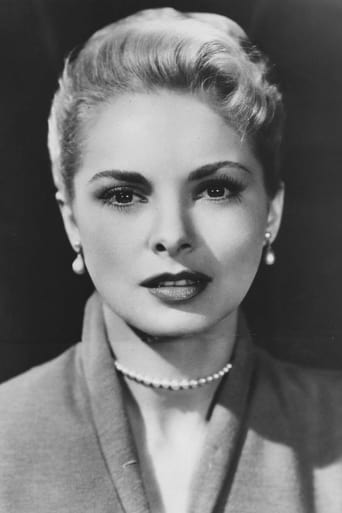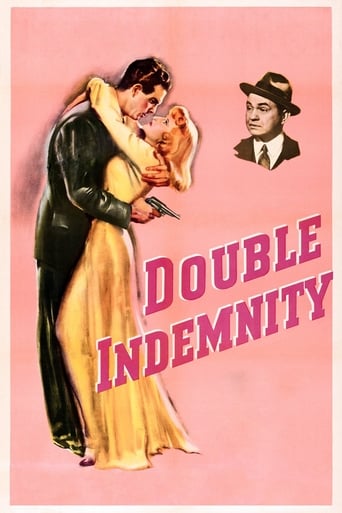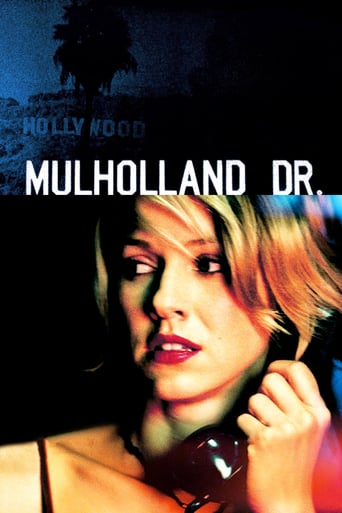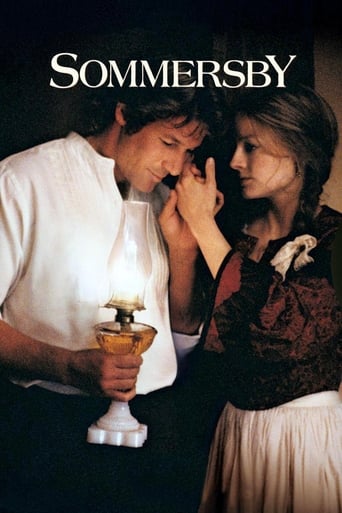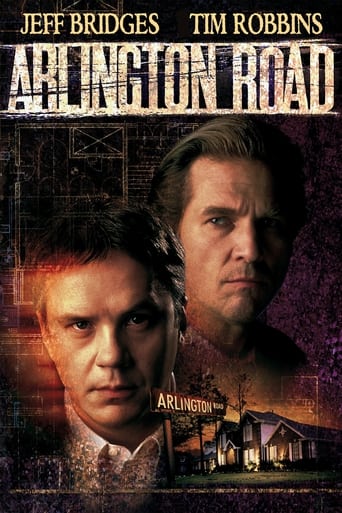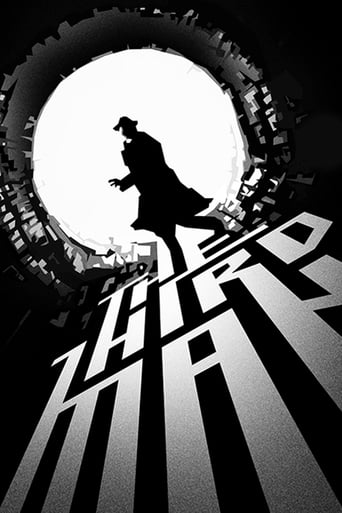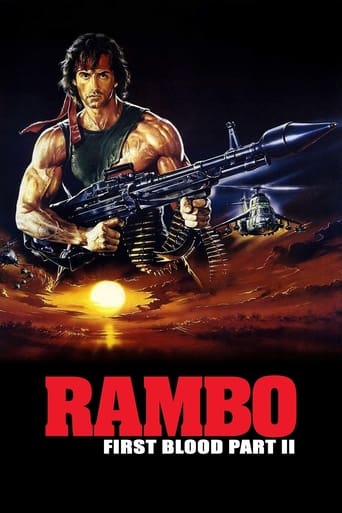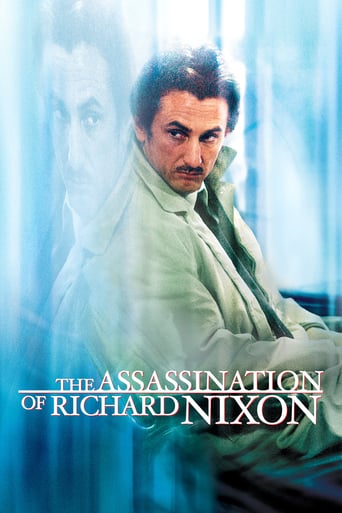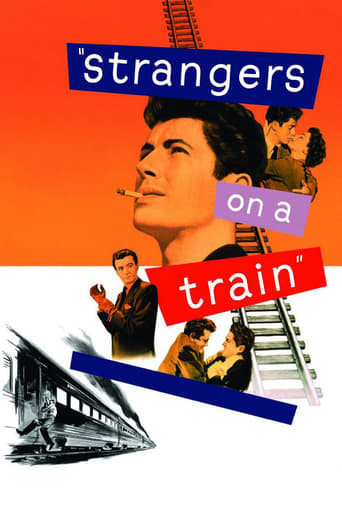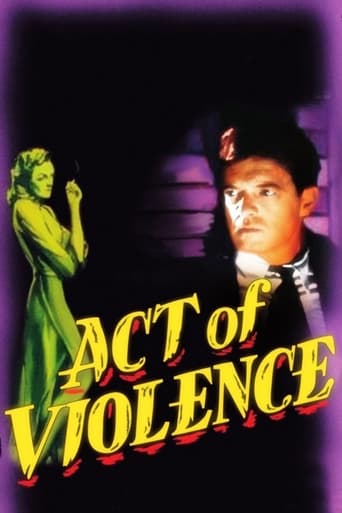

Act of Violence (1949)
A former prisoner of war, Frank Enley is hailed as a hero in his California town. However, Frank has a shameful secret that comes back to haunt him when fellow survivor Joe Parkson emerges, intent on making Frank pay for his past deeds.
Watch Trailer
Cast
Similar titles
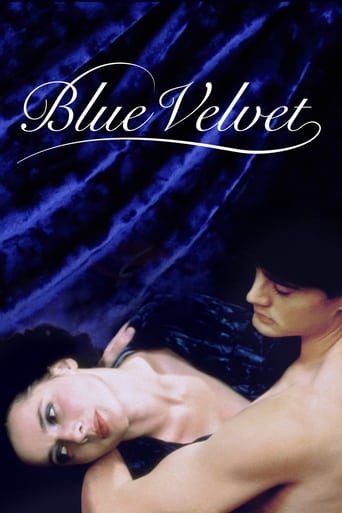
Reviews
Thanks for the memories!
Pretty Good
Exactly the movie you think it is, but not the movie you want it to be.
There are moments that feel comical, some horrific, and some downright inspiring but the tonal shifts hardly matter as the end results come to a film that's perfect for this time.
Fred Zinnemann directed this post-WWII thriller that stars Robert Ryan as Joe Parkson, an embittered and determined WWII veteran who is stalking seemingly respectable and successful family man Frank Enley(played by Van Heflin) who has a dark secret from his past when he was the commanding officer in the German POW camp that he shared with Parkson and his group. Janet Leigh plays Edith Enley, who tries to understand why Joe hates her husband, who then flees the state to a convention, with Joe in pursuit. Mary Astor plays a woman who helps Joe. Suspenseful and interesting film with fine acting and directing, with comparisons to the later film "Stalag 17".
Act of Violence (1948)Is this possibly Janet Leigh's best performance ever? Oh yes, that's Janet Leigh, the one in the shower in "Psycho." And Van Heflin is continually underapprectiated, so another chance to appreciate him here. Robert Ryan and Mary Astor are both in top form, too. And so is cinematographer Robert Surtees, making this one of the most dynamic (and varied) of film noirs.This is a classic. It has the feel of a noir, of course, even though much of it is set in a small town, but it has the key plot elements of the returning veteran unable to cope with the new post-war reality. Filled with believable surprises, fast and gorgeous, acted to the hilt, and yet still stylized a little beyond mere reality. A gem, a joy. The director? Fred Zinnemann, who used Leigh in the original "Manchurian Candidate," is also the man who pulled of "High Noon" and "From Here to Eternity." All four of these films have a combination of vigorous visual style, top notch acting with subtlety, and most of all, social significance. They deal with issues of their various times in ways that never preach, however. Of the four, it's actually possible that this one is the tightest and best of them all. Higher praise? Not possible.
Act of Violence is directed by Fred Zinnemann and adapted for the screen by Robert L. Richards from a story by Collier Young. It stars Van Heflin, Robert Ryan, and Janet Leigh, with support coming from Mary Astor, Phyllis Thaxter & Berry Kroeger. Robert Surtees photographs it from various California locations and Bronislau Kaper provides the music that is conducted by André Previn.An Embittered former POW (Ryan) is hell bent on revenge against his former commanding officer (Heflin) who betrayed his men's planned escape attempt from a Nazi prison camp.Superior film noir piece that is not only boasting a taut, intelligent and suspenseful story to work from, but also a collective group of film makers on tip top form. The film primarily looks at the point of view of the troubled soldiers who upon returning from war are mentally and physically shot. Some are thriving as the economy in the post war times has picked up, while others are carrying the legacy of battle - - with deep long memories gnawing away with every battle scarred step. They say time is a big healer, particularly with the passing of loved ones and the willingness to forgive those who have done you wrong. But the makers here are not in that frame of mind. The ghosts of the past are not content to sit around in Surtees' menacing shadows, they want out, and with Ryan & Heflin deftly channelling different, yet very flawed, characters, the result is a tough, and at times, fascinating viewing experience.Zinnerman, one can reasonably assume, gave his heart for this one. Having fled Austria to escape the Nazis, his heart would be shattered as his parents would become part of that dark piece of history that encompassed the Holocaust. The grim texture {Surtees again dealing in genius like mood enhancements} of the piece carries an air of realism, a need to cast out some demons in the form of cinema. The ending will cause some consternation to first time viewers: definitely! But personally I think it's closure for the director; and to us the viewers it should (has) make for an interesting conversation piece about noir and the way to finish off one of its dark offspring. As for the cast? Ryan & Heflin are superb, two of the finest character actors from the golden era of Westerns and Noirs. But rest assured that here the girls are also their equal. Leigh gives gravitas to the role of the courageous, loving and fretful wife of Heflin's tortured soul. Thaxter blends common sense with anguished loyalty as the girlfriend of Ryan's malevolent cripple. While Astor almost steals the film from the guys as a brassy woman of the bars and streets who takes Heflin in off the now dangerous avenues and alleyways.Smart, pangy and dripping with noir style, Act Of Violence has so much going for it, and equally as much to say. 8/10
In the period immediately after Word War Two there was this massive divergence of moods in cinema, with fantastical escapism on the one hand, and dark pessimism on the other. This was particularly pronounced at MGM. Although the Arthur Freed unit was carrying on the studio's reputation for dreamlike extravagance, new production chief Dore Schary was also pushing a line of frank and gritty "message" movies, many of which dealt directly with the recent conflict.Act of Violence runs like a kind of dark flipside to the sublimely poignant Best Years of Our Lives, which won Best Picture for MGM a few years earlier. The director is Fred Zinnemann, who would later film a couple of Best Pictures himself, but at this point was still honing his craft in the B-unit. As in the handful of other features he had made up to this point, his primary concern seems to be creating atmosphere and tension through use of space and lighting. Virtually every shot is filled with streaking shadows and stifling frames, and to be honest this is all laid on a bit too heavily, even if it is very precise. Ironically though, his aim to give the picture this consistent claustrophobic feel means that sometimes he is forced to achieve it more subtly – for example in the shot where Robert Ryan crosses the road in front of the military parade, Zinnemann frames the action neatly with objects and people. The effect is the same but it looks very natural and unforced.Zinnemann also gets to prove his ability at handling action scenes. This is something directors usually perfect sooner than they do drama, which again is ironic for Zinnemann as he would spend most of his later career making deep dramatic pictures with little action. His staging of drama is coming along here though. He does a lot of long takes in dialogue scenes, where against cinematic convention one actor has their back to the camera whilst talking, thus focusing us on the reactions of the listener. One of the strongest pieces of direction however is the way Zinnemann introduces the two lead characters. We first see Ryan walking from a distance, then closer to, but from behind, we then see he has a gun, and then we finally pan up to his face. We are thus given clues as to the kind of man he is and what he may be capable of before we are allowed to connect with the character. The opposite approach is taken for Van Heflin, who is introduced to us with a big facial close-up, which would have been meaningful to audiences of the day as they would know Heflin and the sort of characters he played. From this point on Zinnemann allows the story to deconstruct Heflin's stereotype and add flesh to Ryan's.This intelligent focus on actors naturally brings out the best in the performances. Heflin's is strong if a tiny bit overdone at times. He probably relished this chance to show off his range. Ryan sadly doesn't get to do enough with this character, but he has great presence, and that is essentially what his character is for most of the movie – a presence. Mary Astor is great too – another player with fantastic range. I'll also mention Berry Kroeger, who plays the hit-man Johnnie, and was clearly cast as a face to fit the part, yet he does a pretty good acting job as well.One thing that does link these darker MGM post-war flicks with the studio's lighter upbeat fare is a kind of melodramatic overstatement, which is great in the right place but harms a picture like Act of Violence. In spite of the staccato, atonal intro, the music is largely schmaltzy strings spoiling the sincerity of the dramatic moments. The dialogue is fairly trite and unmemorable. It is mainly the good acting and competent direction which saves this one.
